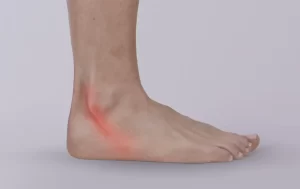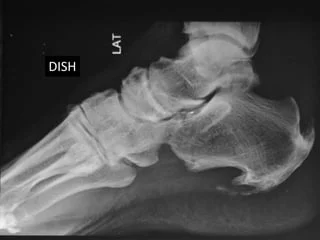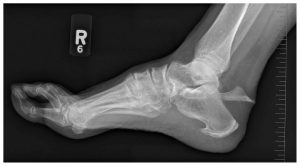
Posterior tibial tendon dysfunction (PTTD) is a condition that occurs when the posterior tibial tendon, which runs along the inside of the ankle and foot, becomes damaged or inflamed. The posterior tibial tendon is responsible for supporting the arch of the foot and helping to maintain proper alignment and stability.
PTTD is often caused by overuse or repetitive stress on the posterior tibial tendon, which can lead to small tears or degeneration of the tendon. Other factors that may contribute to PTTD include obesity, flat feet, high-impact activities, and certain medical conditions such as rheumatoid arthritis.
Symptoms of PTTD may include pain and swelling along the inside of the ankle and foot, particularly during and after physical activity, as well as a gradual flattening of the arch of the foot and a shifting of the heel bone outward.
Treatment for PTTD typically involves a combination of non-surgical interventions such as rest, ice, compression, elevation, and physical therapy to help reduce pain and inflammation and improve strength and flexibility in the affected foot and ankle. Orthotic devices such as arch supports or braces may also be recommended to help support the foot and relieve stress on the posterior tibial tendon.
In more severe cases of PTTD, surgical intervention may be necessary to repair or reconstruct the damaged tendon, restore proper alignment of the foot, and improve overall foot and ankle function. It is important to consult with a healthcare professional to determine the most appropriate treatment plan for your specific condition and individual health needs.







